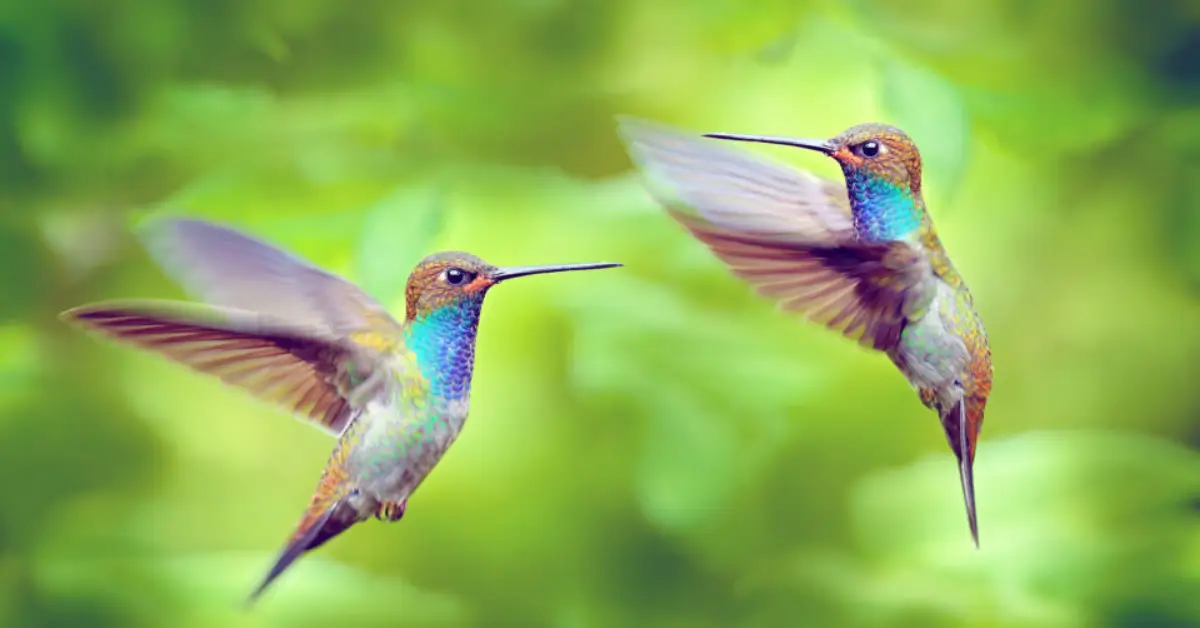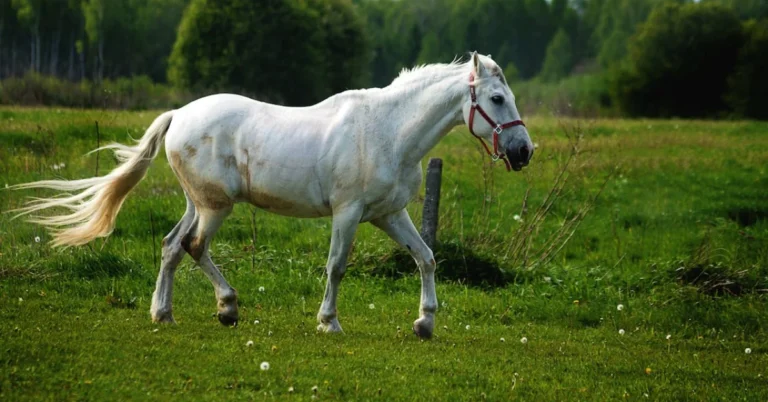A glint of emerald darts by, suspended weightlessly in midair on a nearly invisible pair of wings humming too rapidly to fully glimpse. How does such minuscule avian architecture propel these bees with feathers fast enough to disappear in an instant? Indeed, dazzled observers since ancient times have sought to quantify the feats of sustained gravity defiance and warped speed defining hummingbird flight. Just how fast can hummingbirds fly, and what extreme anatomical optimizations enable such performance feats unmatched by body size across the whole animal kingdom? Let’s traverse the intricate intersection of form and function underlying hummingbird flight dynamics, including insights into what bird lays blue eggs.
Wing Beat Principles: Lift vs Stroke Styles

Fundamentally, powered flight requires wings to aerodynamically generate opposing lift forces exceeding an animal’s weight to climb or propel horizontally once airborne. To accomplish this, most flying creatures employ rhythmic flapping motions to accelerate airflow traveling faster over upper wing surfaces, creating areas of low pressure that resultantly suck wings upwards–thus producing lift. However, myriad wing shapes and rowing patterns, along with the aid of a heated bird bath, alter flight control and energy efficiency.
Hummingbirds can hover and fly in any direction relying almost purely on lift without much gliding assistance from air currents or gravity. This allows unparalleled maneuverability accessing flower nectar unreachable by other avian pollinators. To perform such sustained lift-based flight, hummingbirds have evolved specialized high-frequency figure-eight wing stroking granted by highly mobile ball-and-socket shoulder architecture absent in other birds. Their wings journey relatively level planes maximizing dynamic lift on both downstroke and upstroke instead of conventionally flapping vertically at steep angles relying largely on unidirectional gravity assistance.
Wings in Action: Diverse Flight Speed Regimes

These unique wing motions manifest different velocity Extremes depending on flight mode due to shifts in stroke plane angle, amplitude, and frequency targeting lift or thrust generation. Four characteristic speed regimes emerge:
Hovering

Sustaining motionless midair suspension requires the most lift production for which hummingbirds beat wings at a maximal frequency of around 80 times per second without much amplitude. This happens during delicate flower nectarine. The effort keeps their heart rate exceeding 500 beats per minute.
Slow Forward Flight

Just traveling between blooms, hummingbirds reduce wingbeat frequency significantly down to around 12 strokes per second without stalling airflow. This comprises their most efficient and commonly observed flying style. The ratio of lift to drag peaks here.
Fast Forward Flight

When migrating over distances exceeding 500 miles, hummingbirds switch to faster forward propulsion rates around 31 strokes per second. Reducing highly demanding hovering-like perpendicular stroking, they generate more laminar airflow for minimized drag and maximum fuel economy.
Courtship Display Diving

Finally, performing dramatic mating display dives exposes the absolute fastest musculature limits. With wings tucked, males ascend rapidly before plunging at speeds exceeding 60 miles per hour, pulling G-forces equaling fighter pilots before abruptly ceasing descent and slowly coasting away for dramatic effect. The performances surely win admiring females’ affection.
Secret Physiological Powers Unpacked
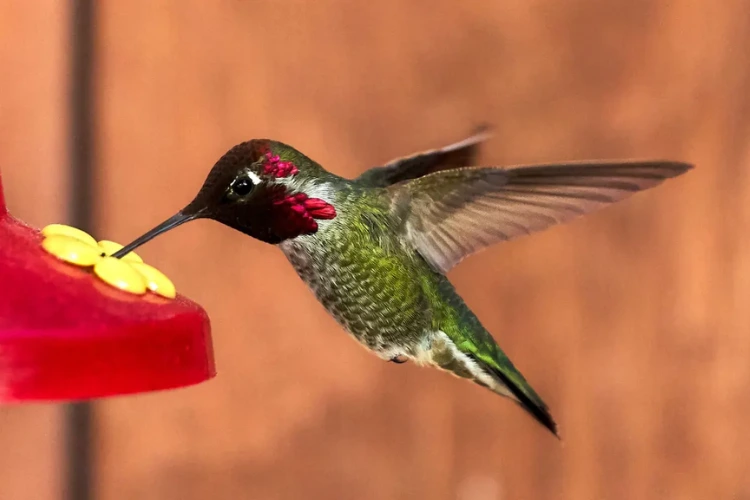
They are executing such aerobatic feats ranging from 0 to potentially 380 body lengths per second demands extreme anatomical adaptation. Disproportionately bulky flight muscles constitute up to a third of their tiny 13-gram bodies driving their unique wing motions via contraction speeds quicker than vertebrate muscle tissue managed elsewhere.
Amplifying power output, hummingbird hearts shrink small enough to maintain rates over 1000 beats per minute ensuring oxygen transport to working tissues. Meanwhile, their streamlined frame shapes face a minimum possible body drag area during flight. The evolutionary pressure to keep sustentation costs at a survivable minimum essentially sculpted the hummingbird blueprint into a flying machine honed to aerial perfection absent any excess baggage.
Added Adaptational Assets
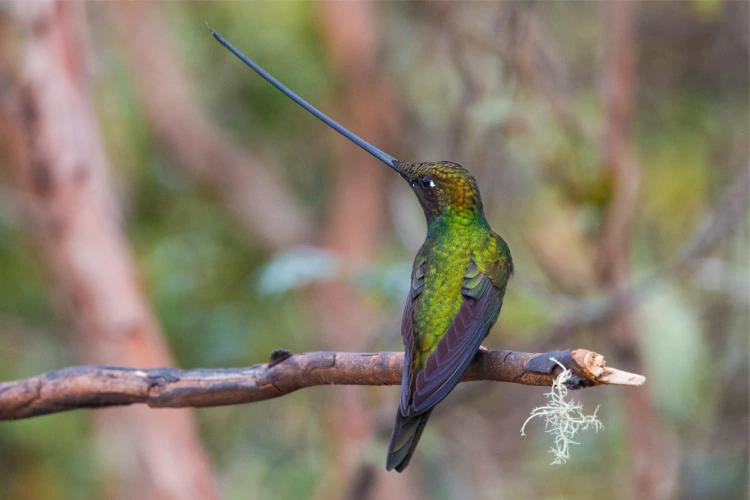
Further augmenting flight prowess, hummingbird wings themselves morph as biological airfoils borrowing from airplane and ceiling fan designs. Their narrow tips and curved front leading feather edges cause airflow to accelerate faster over the topside during flapping strokes. This differential helps lift wings upward like an airplane achieving sky-bound trajectories. Additionally, longer primary feathers at the wing tips allow higher aspect ratio designs minimizing drag induced by wingtip air vortex turbulence through more laminar flow. Together these features enable hummingbirds to fly circles aerodynamically around birds larger in absolute wingspan size if not relative profitability.
Ecological Significance of Extreme Flight Mastery
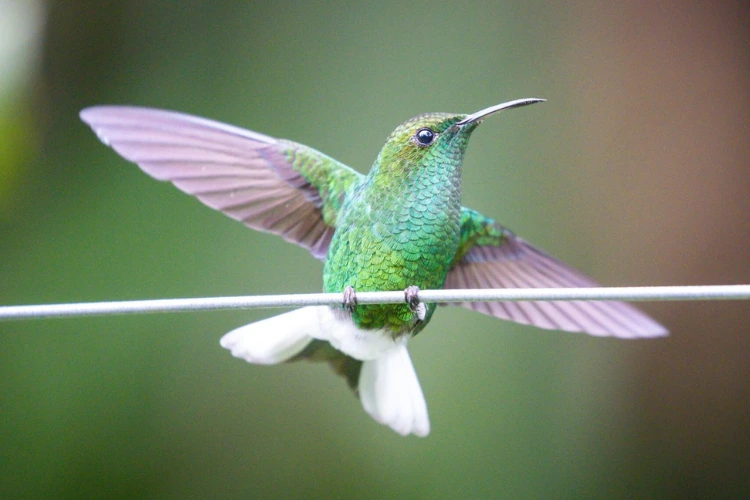
While hovering and mechanical speed carry their inherent fascination when regarding hummingbirds, their flight mastery conferred key ecological advantages allowing them to exploit certain high-energy food niches other species simply couldn’t access. By adopting the ability to float in place accessing deeply concealed narrow flower tubes, hummers tapped precious nectar calories unavailable to less dexterous fliers. This hurdle in turn drove rival evolution toward alternative food bonanzas like fruit and seed pods. Yet still today deep-throated tropical blossoms rely exclusively on hovering hummer pollination.
The Outsized Influence: Environmental Interactions
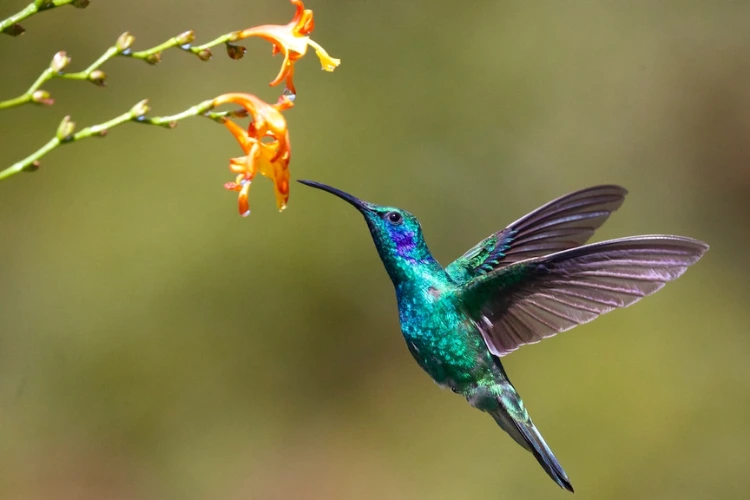
Beyond exclusive flower partnerships, hummingbird flight prowess facilitates their long-distance seasonal migration patterns tracking flower bloom timing across habitats following viable energy supplies. Some species log annual roundtrips spanning thousands of miles between Alaskan summers and Central American winters, requiring immense physiological commitment tolerated only thanks to their extreme anatomical flight optimizations.
In these ways flight performance intertwines hummingbird survival and ecosystem contributions, underscoring how an organism’s physical form echoes back upon environmental interactions. Appreciating the mechanics and capabilities of Hummer flight through measures of wing beat frequency and induced speeds directly informs comprehension of their niches as crucial pollinators and regulators balancing plant and competitor populations throughout the Americas. Quantifying tiny wing movements expands insight into large-scale ecological relations.
Parting Perspective: Zooming Out

Stepping back from isolated inspection of physiological metrics alone, hummingbird flight mastery also serves to inspire larger perspectives on appreciating natural wonders and our human place within nature’s grand productions. Computing quantities of muscle contractions per minute transported in body lengths per second while intellectually stimulating, risks overlooking the emotive magical essence witnessed more directly through childlike awe.
Deconstructing hummingbirds into mechanical parts robs their spirits’ ethereal fire-mist fairy-light nature. Within the hummingbird resides an ancient archetype of seemingly supernatural origin altered by time, known by lost native names, singing promised hope since icebound ages retreated. In their ruby feathers still glints the chorus of all Creation, if we quiet and listen. So as mathematically fascinated by the physics formulae of hovering as observers rightfully stand, perhaps greater revelations perch nearby beckoning those also willing to wander hummingbird ways…still deeper truths await unveiled beyond velocity measures alone.
Final Thoughts
However tempting to define the natural only through numbers, ultimately effective understanding and conservation hinges on first sustaining primal awe-inspiring emotional connection–the spark urging action. Dazzle must dance in human eyes meeting hummingbird dizzying aerial feats as a Marvel not yet mundane but profound, its beauty unquantifiable, thus power retained through sustained mystery. The greatest achievement in unpacking their extreme flight biomechanics may lie in simply relearning unjaded wonder until once again we freely grin as carefreely as children glimpse magical glimmering wings outside schoolroom windows on golden fall days signaling summer’s staunchest sprites still soon depart toward southern havens on an ancient migration written in their blood’s memory as ancient as maple leaves donning autumn’s paintbox finery. May we wish them Godspeed.

